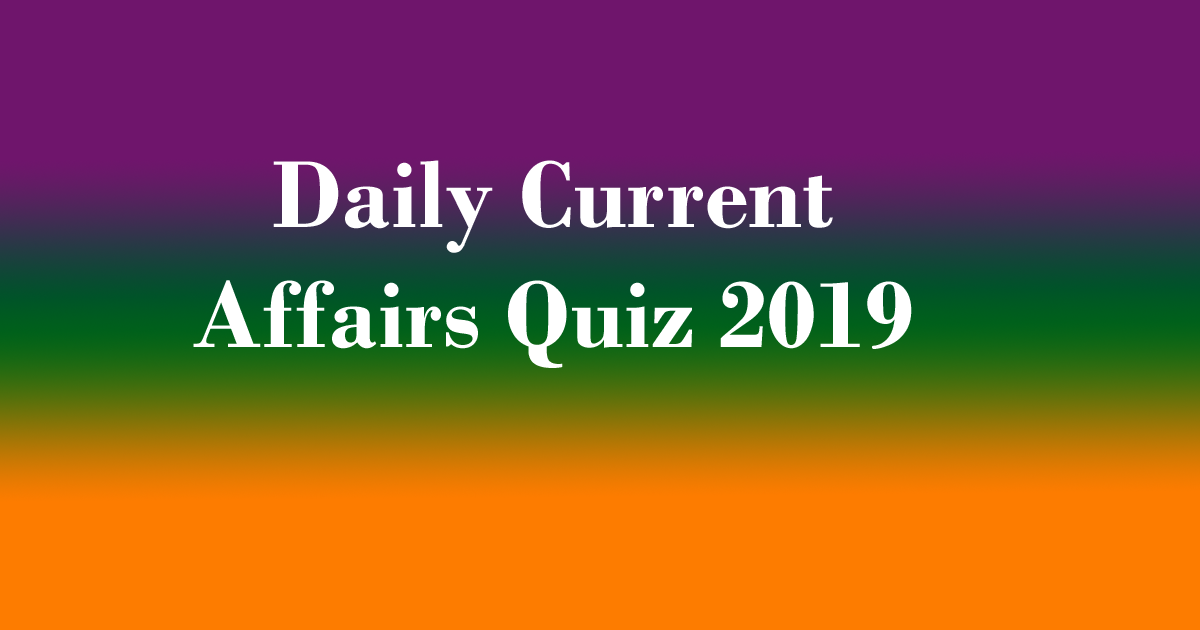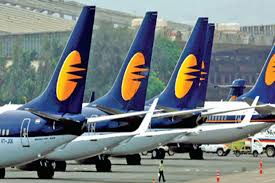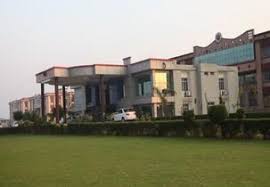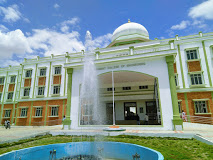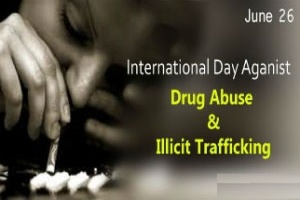
The International Day against Drug Abuse and Illicit Trafficking is observed annually on 26 June. The decision to mark the day was taken on 7 December 1987 via resolution 42/112 of the United Nations General Assembly in order to strengthen global action and cooperation to achieve its aim of making the international society free of drug abuse.
This year’s theme ‘Health for Justice. Justice for Health’ emphasises that justice and health are “two sides of the same coin” when it comes to addressing the problems associated with drugs. According to the United Nations, in order to create effective responses to tackle the problem of drugs, accountable institutions of criminal justice, health and social services should work together to provide integrated solutions.
Drug abuse in India
Over the last couple of decades, drug consumption has become one of the gravest problems affecting the children and youth of the country. In February 2019, the National Drug Dependence Treatment Centre (NDDTC) of the All India Institute of Medical Sciences (AIIMS), New Delhi submitted its report “Magnitude of Substance Use in India” that was sponsored by the Ministry of Social Justice and Empowerment.
The key findings of the survey were: i) At the national level, about 14.6 percent of the people (approximately 16 crore people) between the ages of 10 and 75 are current users of alcohol. ii) About 2.8 percent of Indians (3.1 crore people) have reported using any cannabis product within the past 12 months. iii) Around 2.06 percent of the people reported using opiods at the time of the survey. About 0.55 percent of Indians are estimated to need help for their opioid use problems. iv) Nationally, it is estimated that there are about 8.5 lakh people who inject drugs (PWID).
Of the total cases estimated by the report, more than half of them are contributed by states like Assam, Delhi, Haryana, Manipur, Mizoram, Sikkim and Uttar Pradesh that have a high prevalence of drug abuse and disorders. Punjab ranks consistently at the top or in the top five in many of the surveys conducted to measure drug abuse and illicit trafficking.
Due to Punjab’s proximity to the border, the state serves as a transit route for smugglers for the distribution of drugs in the state and the rest of the country. Youth who are unemployed often resort to narcotics in the hope of forgetting their troubles. Sometimes, the youth try drugs for fun under the influence of their peers, which often results in addiction. The Punjabi music industry only exacerbates the problem, as glorification of drugs has become a trend. The problem was so severe that it prompted the Punjab government to set up a “culture commission” last year to tackle the “menace of vulgarity” and its complete eradication by monitoring songs.
RK Chadda, Chief of National Drug Dependence Treatment Centre (NDDTC) of AIIMS, New Delhi explains that “adolescence is a highly vulnerable age group. They are prone to substance abuse problems.” According to CHILDLINE India Foundation, there are a lot of cases of this age group because “youth is a time for experimentation and identity forming.” This problem needs to be tackled at “the initial stages”, says Chadda, because they are at an increased risk of long-term consequences.
Drug abuse problems in women are increasing at a very fast rate. Despite the increasing number of drug addicts, not many women seek help. One reason for this, as explained by Chadda, is that women’s drug abuse problems “are often sitgmatised”. Drug abuse and addiction in women is a source of constant anxiety for not only the women but for their families as well. Thus, the women are usually “reluctant to access the services”, he said.
Despite the increasing number of drug addicts, not many women seek help. One reason for this, as explained by Chadda, is that “Women’s drug abuse problems are often sitgmatised”. Drug abuse and addiction in women is a source of constant anxiety for not only the women but for their families as well. Thus, the women are usually “reluctant to access the services”, he says. Dr Sandeep Bhola, who works at a rehabilitation centre for women in Punjab’s Kapurthala, said that this is a very dangerous situation. He said, “We need to focus more on this hidden population (women) because one woman means one family and the impact it has on the society is a lot as compared to that of a male.”
What is being done?
To tackle the problem of drug abuse and addiction, NDDTC provides both outpatient treatment and in-patient services. It also runs specialised clinics that cater to specific problems of substance abuse like tobacco suspension clinics etc. RK Chadda says that the NDDTC provides services to approximately 400 patients every day. While 200 patients are provided services at the main centre, the other 200 get services at the community outreach units across Delhi. “These are the underprivileged areas of the city. Drug abuse is very common here”, he explains.
The centre plans to introduce new services, including exclusive wards for adolescents and women. This is a positive development, as the lack of exclusive treatment for women often creates a hindrance for women in seeking help.
NDDTC has also initiated a new service called mobile methadone dispensing van, that provides treatment to opioid addicts in the East Delhi area. Methadone is provided only under supervision, and several people eventually stop going to the hospital altogether because of the distance. The vans will help in closing this distance and ensuring that people continue with their treatments.
The Union government has come up with a multitude of programmes under appropriate ministries to deal with the problems of drug abuse and addiction. The Ministry of Social Justice and Empowerment has prepared a National Action Plan for Drug Demand Reduction (NAPDDR) for 2018-25. The aim is to “reduce the adverse consequences of drug abuse and addiction by creating awareness, educating people about the ill-effects of drug use, and developing human resources to work towards these objectives”, the plan says.
Drug trafficking in India
According to a 2018 report by United Nations-backed International Narcotics Control Board (INCB), India is one of the major hubs for illicit trading of drugs. The drugs range from cannabis to more recent prescription drugs like tramadol.
According to an official of the Red Cross Drug Deaddiction and Rehabilitation Centre, Gurdaspur, “The geographical location of the district makes it prone to trafficking of many types of drugs. This affects not only the dealers but also the people, as the drugs are easily available and are cheaper.”
These drugs reach into India through Punjab via the India-Pakistan border, or through a more circuitous route wherein they first reach Africa and then come to Delhi and Punjab. The rivers and streams along the border are preferred routes for smugglers to slide in drugs as they are not easily tracked by the Indian forces, as pointed out in an article in Economic Times.
Kashmir has also become a new source of drugs for Punjab. In Kashmir, cannabis is locally cultivated whereas heroin and cocaine enter the Valley through the Line of Control which is then transported to other regions.
What is being done?
The Narcotics Control Bureau is the nodal agency for drug law enforcement in India. It coordinates among various central and state agencies that are engaged in drug law enforcement and assists the states in their efforts to combat drugs. It also conducts a multitude of activities and programmes to raise awareness among the public about the harmful effects of drug abuse.
In Kashmir last year, the Institute of Mental Health and Neurosciences (IMHANS) collaborated with the department of psychiatry, SKIMS Medical College and the Jammu and Kashmir AIDS Control Society to propose a draft policy to curb drug addiction. The policy was approved in January this year and consists of directives which are to be executed both by the organs of the state and non-government stakeholders. One of the aims of the policy is to treat drug abuse as a health issue as opposed to the norm of treating it as a criminal act.


